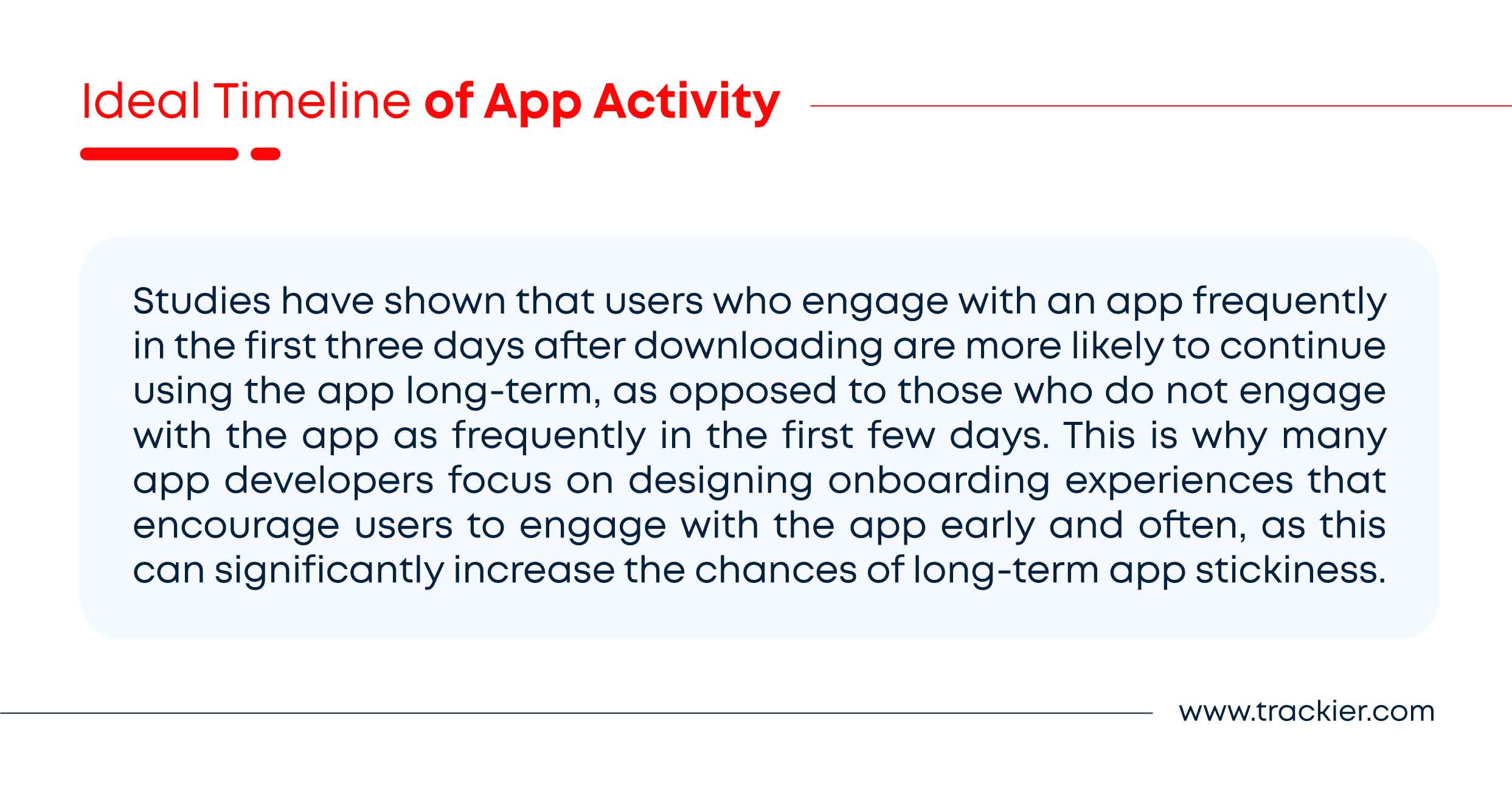Mobile apps have been an important part of the digital world. Nowadays businesses tend to have their own mobile apps and interact with their audience easily. Here’s where “App Stickiness comes into play”. Through app stickiness brands have better engagement with their users for a long.
What is App Stickiness?
App stickiness refers to the ability of an app to keep users engaged and retain them over time. It is a measure of how often users return to an app after installation and how long they stay engaged within the app. Essentially, it is a measure of the app’s ability to keep users “stuck” to it.
Why is App Stickiness Important?
App stickiness is important because it directly affects the success of the app. Apps with high stickiness have more engaged users, and higher retention rates, and are more likely to generate revenue through in-app purchases or ads. Additionally, high stickiness can lead to positive word-of-mouth marketing, which can attract more users to the app.
How Can Developers Increase App Stickiness?
Here are some strategies developers can use to increase app stickiness:
- Provide Value: The app should provide users with real value. Whether it’s entertainment, information, or functionality, users should feel like they are getting something out of the app that they can’t get elsewhere.
- Personalization: Personalizing the app experience for each user can help increase stickiness. This can be done through targeted notifications, personalized content, and tailored recommendations.
- Gamification: Adding elements of gaming, such as leaderboards, badges, and challenges, can help make the app more engaging and increase stickiness.
- Performance: The app should be fast, reliable, and easy to use. Poor performance can lead to frustration and a decrease in stickiness.
- Feedback: Asking for and incorporating user feedback can help improve the app and increase user satisfaction, leading to higher stickiness.
Calculating App Stickiness
One way to calculate app stickiness is to use the ratio of daily active users (DAU) to monthly active users (MAU). The higher the ratio, the more “sticky” the app is considered.
Here’s an example of how to calculate app stickiness using this method:
Let’s say an app has 500,000 DAU and 2,000,000 MAU.
To calculate the stickiness ratio, we divide DAU by MAU:
500,000 / 2,000,000 = 0.25
The stickiness ratio for this app is 0.25.
This means that, on average, users of this app are opening and using the app 0.25 times per month. A higher stickiness ratio would indicate that users are using the app more frequently and are more engaged with it.
In conclusion, app stickiness is a key metric for measuring the success of an app. High app stickiness indicates that users are engaged and find value in the app, leading to increased user loyalty and revenue. Developers can improve app stickiness by focusing on creating a user-friendly interface, providing frequent updates and personalized content, and incorporating gamification elements.
Monitoring user feedback and addressing any issues quickly can also help maintain user satisfaction and encourage the continued app usage. By prioritizing app stickiness, developers can create successful and profitable apps that keep users coming back for more.











